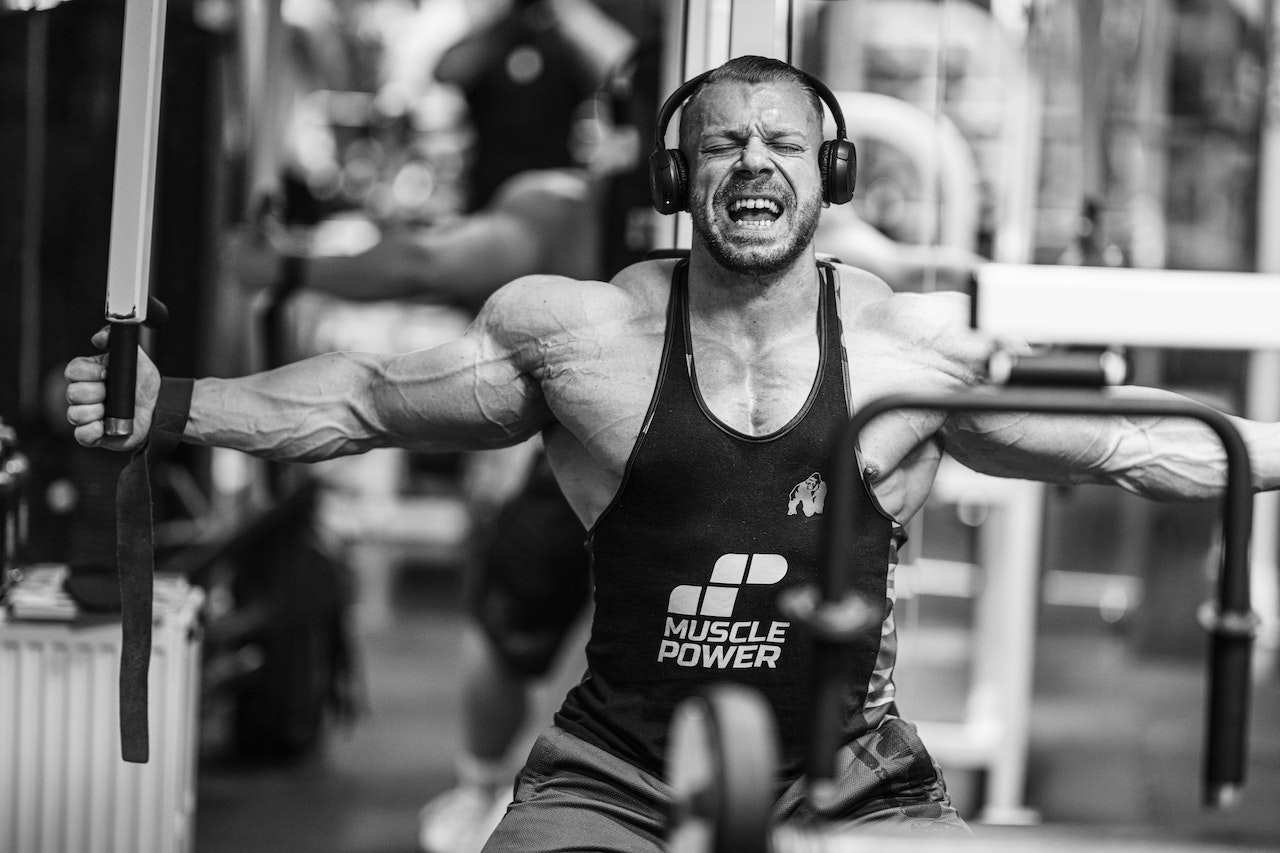
Hypertrophy training refers to the type of training that focuses on increasing muscle size by inducing muscle hypertrophy. It is an essential part of any muscle-building program and is often misunderstood. Many people believe that lifting heavy weights for low reps is the key to building muscle mass, but hypertrophy training involves a different approach.
In this paper, we will discuss what hypertrophy is, how to properly target hypertrophy in your training, and the importance of using hypertrophy training in your muscle-building program.
Hypertrophy is the process of increasing the size of skeletal muscle fibers. This is done through a process of muscular damage, repair, and growth. When you lift weights or perform any type of resistance exercise, you cause micro-tears in your muscle fibers. Your body then repairs these tears by fusing the damaged fibers together and creating new muscle protein strands. This process results in an increase in muscle fiber size, which leads to an increase in overall muscle size.
To properly target hypertrophy in your training, you need to focus on the following factors:
1. Volume:
Volume refers to the total amount of work that you do in your training. This includes the number of sets, reps, and exercises that you perform. To target hypertrophy, you need to perform a high volume of work. This means doing multiple sets of each exercise, with a moderate to high number of reps.
2. Intensity:
Intensity refers to the amount of weight that you use in your training. To target hypertrophy, you need to use a weight that is heavy enough to cause muscular fatigue and damage, but not so heavy that you can only perform a few reps.
3. Rest Periods:
Rest periods refer to the amount of time that you rest between sets and exercises. To target hypertrophy, you need to keep your rest periods relatively short, between 60-90
To target hypertrophy in your training, you should focus on exercises that stimulate muscle growth.
Compound exercises, such as squats, deadlifts, bench presses, and rows, should be the foundation of your training program. These exercises engage multiple muscle groups and when coupled with isolation exercises, one achieves optimal hypertrophy.
To optimize hypertrophy, you should also pay attention to your training volume and intensity.
Aim to perform 8-12 reps per set, and complete 3-5 sets per exercise. Use a weight that is challenging, but still allows you to maintain good form throughout the exercise. It’s also important to focus on progressive overload, which means gradually increasing the weight or reps over time to continually challenge your muscles and stimulate growth. However, be sure to progress gradually and avoid increasing the weight too quickly, as this can increase your risk of injury.
Finally, proper nutrition is crucial for hypertrophy.
You should consume a diet rich in protein and other essential nutrients, and be sure to eat enough calories to support muscle growth. Adequate rest and recovery are also important, as your muscles need time to repair and grow between workouts.
Hypertrophy is a key goal for many weightlifters and athletes. By understanding the science behind it and how to properly target it in your training, you can optimize your workouts and achieve your muscle-building goals. Remember to focus on compound exercises, progressive overload, and proper nutrition and recovery to achieve hypertrophy and reach your fitness goals.
Sources:
- Schoenfeld BJ, Grgic J, Ogborn D, Krieger JW. Strength and hypertrophy adaptations between low- vs. high-load resistance training: A systematic review and meta-analysis. J Strength Cond Res. 2017;31(12):3508-3523.
- Morton RW, Murphy KT, McKellar SR, et al. A systematic review, meta-analysis and meta-regression of the effect of protein supplementation on resistance training-induced gains in muscle mass and strength in healthy adults. Br J Sports Med. 2018;52(6):376-384.
- Helms ER, Aragon AA, Fitschen PJ. Evidence-based recommendations for natural bodybuilding contest preparation: nutrition and supplementation. J Int Soc Sports Nutr. 2014;11:20.



